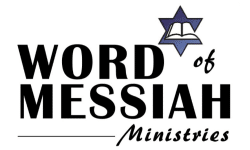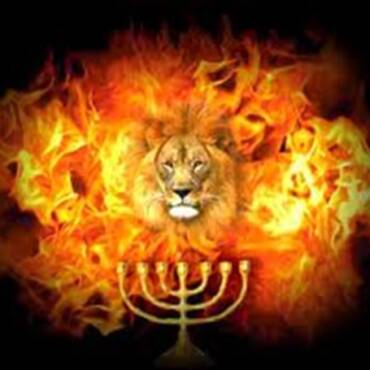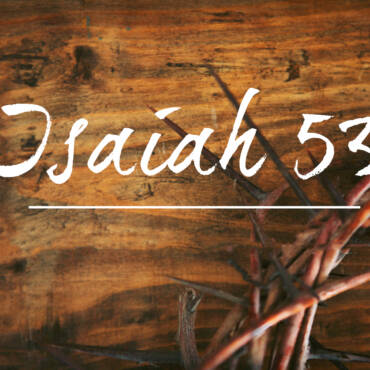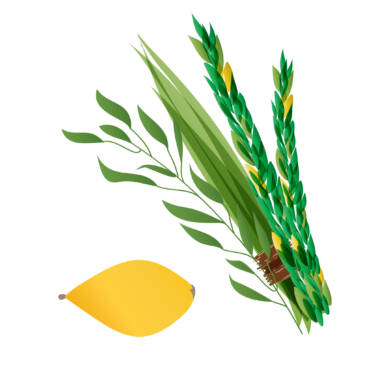Messiah, Our Passover Lamb
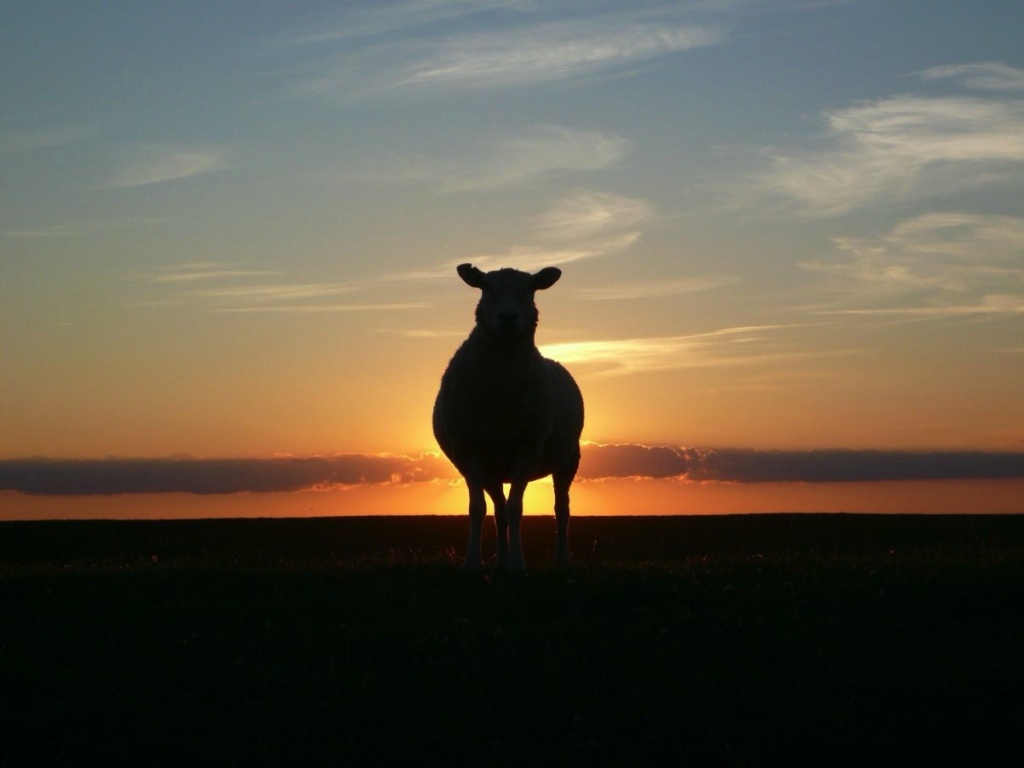
Passover is an eight day festival kept in remembrance of the Lord’s “passing over” the houses of the Israelites, when the first born of all the Egyptians were slain. It is also called the Feast of Unleavened Bread, because during its celebration no leavened bread is eaten or even kept in the household (Exodus 23:15; Leviticus 23:6). However despite its familiarity, there is a powerful concept at the center of this feast that is often overlooked: personal deliverance through the blood of the Lamb. The necessity of applying the Lamb’s blood is the key to our Messianic faith. Every Passover we are not only reminded of the Exodus story, but how redemption in the Lamb affects our lives now and even into eternity. In the Scriptures God progressively reveals this truth of the Lamb of redemption so we may grow into the image of the Son: the Lamb of God.
In the first century, multitudes of Jewish pilgrims came up to Jerusalem to celebrate Passover in accordance with Deuteronomy 16:16. But Yeshua’s last Passover was not to be like any other. We read that when Yeshua was coming into Jerusalem, crowds of people came out to greet Him. They took the branches of the palm trees and began to shout, “Hosanna! Blessed is He who comes in the Name of the Lord, even the King of Israel” (John 12:12, 13). This was prophesied by Zechariah, “Rejoice greatly, 0 daughter of Zion! Shout in triumph, 0 daughter of Jerusalem! Behold, your King is coming to you; He is just and endowed with salvation, humble and mounted on a donkey” (Zechariah 9:9). This event is traditionally called “Palm Sunday” by Christendom. But why did the people wave palm branches? To better understand this Jewish event, we need to understand the mind-set of first century Jewish pilgrims.
Looking for a King
There is no recorded Jewish custom for waving palm branches on Passover. The only time that branches are waved is during the Feast of Tabernacles (Sukkot in Hebrew). The Feast of Tabernacles pictures King Messiah reigning in the Kingdom with the nations from the entire world coming to worship Him. During that feast, a cluster of branches made up of palm, willow, and myrtle (called the lulav in Hebrew) is waved to glorify God and recognize Him as ruler over the entire world (Leviticus 23:40). If palm branches were only to be waved at Tabernacles to symbolize the rulership of the Lord, then why were they waved at Passover when Yeshua entered Jerusalem as a humble King? Traditionally, the rabbis taught: “Whatever time of year the Messiah was to appear, the Jews were to greet and hail Him by taking up the Lulav clusters and singing Hosannas to Him as the Holy One of Israel” (Peskita de Rab Kashana, 27:3). Thus by waving the lulav, the Jewish people were recognizing Yeshua as the Messiah and King!
John is the only writer that mentions palm branches being waved. In Matthew 21:8 the tender branches of the willow are noted and in Mark 11:8 leafy branches like the myrtle are mentioned. If you take all three gospels together you have the picture of the lulav being waved in recognition that the true King of Kings, Yeshua the Messiah had arrived.
Selection of the Lamb
Each Israeli household was to select a lamb on the tenth day of the month of Nisan, keeping the lamb untill the fourteenth of that month. Why did they need to have this little lamb running around their home for five days? A, stated earlier, Exodus 12:5 says, “Your lamb shall be … unblemished,” that is, perfect (tamim in Hebrew). It was necessary to inspect and observe to see if the lamb had any imperfection. Only then the lamb would be suitable for their redemptive sacrifice. At the same time as the families were selecting and inspecting their lamb for sacrifice, Yeshua presented Himself to Jerusalem as the humble Lamb of redemption. Mark 11:7 says, “Messiah Yeshua entered Jerusalem on the colt of a donkey.” The New Covenant account indicates Yeshua’s entrance was at the end of the day (Mark 11:11) on what would have been the tenth of the month. For the next several days, Yeshua was questioned, inspected and finally tortured by both Jewish and Roman authorities.
The Sacrifice of the Lamb
By the fourteenth of the month, the fickle crowd quickly became a mob demanding Yeshua’s death, On that day – the very day the lambs would be sacrificed for the Passover – Pilate, the regional head of Roman government, declared, “I find no fault in this man” (Luke 23:4). Yeshua was publicly acknowledged to be without blemish. Yeshua our Passover Lamb was qualified and acceptable before God to be the sacrifice for our sins. However, though acceptable to God, He could not be sacrificed unless we rejected Him. Man’s recognition of Yeshua’s perfection was also the height of man’s rejection of Him.
Acceptance of the King
National Israel misunderstood Messiah’s mission at His first coming, but one day when the Lamb returns, He will be accepted by them. As it is written in Psalm 118:22, “The stone which the builders rejected shall become the chief of the corner.” Also Zechariah 12:10 says, “They shall look upon Him whom they have pierced and mourn for Him as one mourns for his only son.” On that day, Israel as a nation will confess their sin of rejecting Messiah (Isaiah 53), and will be restored to God. Romans 11:26 reiterates, “And so all Israel shall be saved: as it is written, There shall come out of Zion the Deliverer, and He shall turn away ungodliness from Jacob.”
A Triumphal Entry
The day is coming when Yeshua will return and make what will truly be His triumphal entry. Messiah will reign and be glorified before all the nations (Matthew 25:31-32). We will forever glorify Him as the Lamb of Glory, even as we wave palm branches to signify His eternal majesty. Passover gives insight on the spiritual truths of the Scripture and is a healthy reminder to live a life pleasing to the Lord.
New Covenant believers and congregations that choose to celebrate Passover and study their “Jewish roots” discover great truths and blessings. They more clearly recognize God’s faithfulness, and that “they do not support the root, but the root supports them” (Romans 11:18). Therefore, let us “keep the feast” this year and every year, and invite our Jewish friends and family to Passover to hear the Good News that Messiah is “the Lamb of God, who takes away the sin of the world” (John 1:29).
Learn more about the Feast of Passover with this FREE eBook:
[maxbutton id=”2″]
